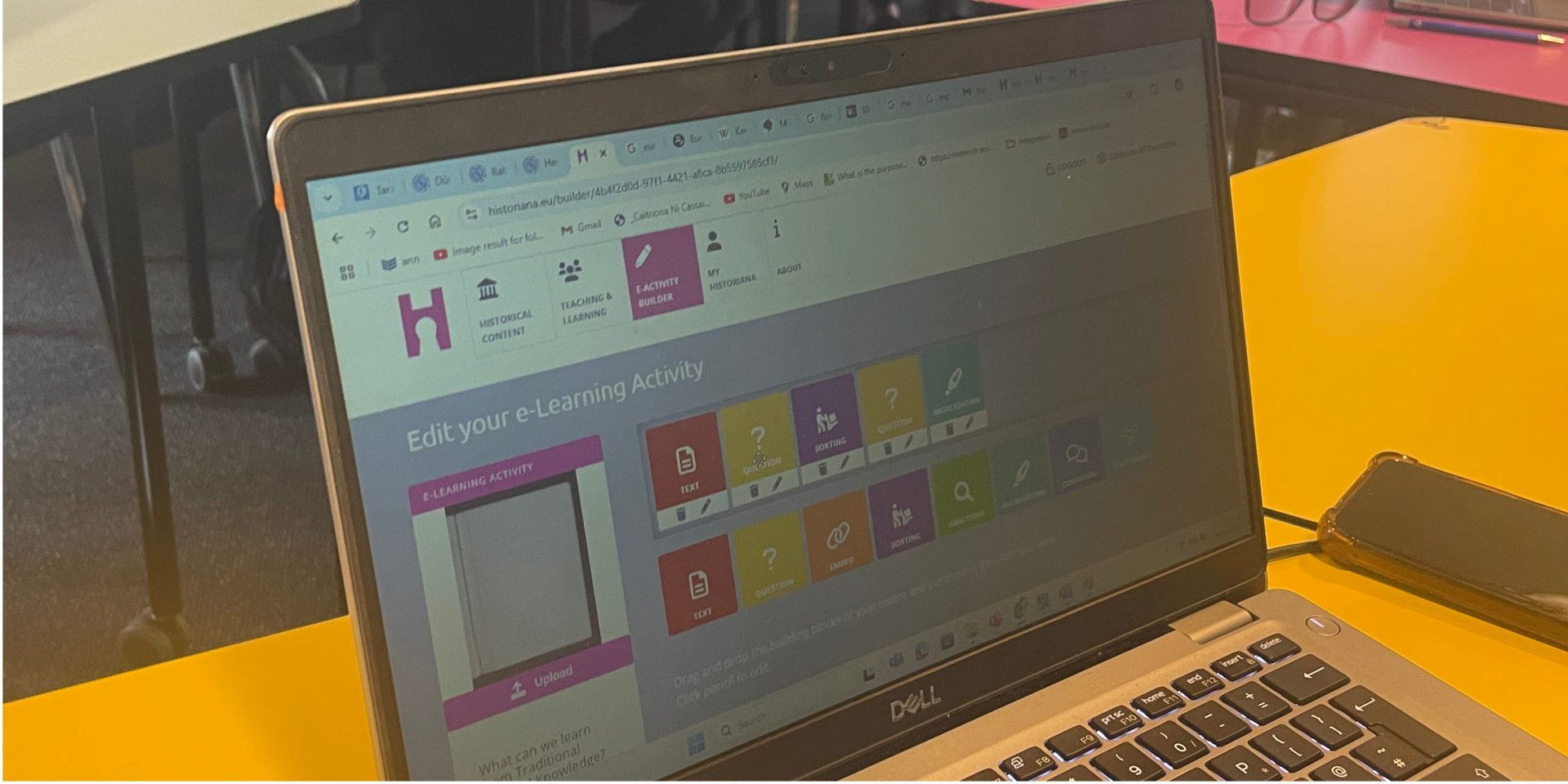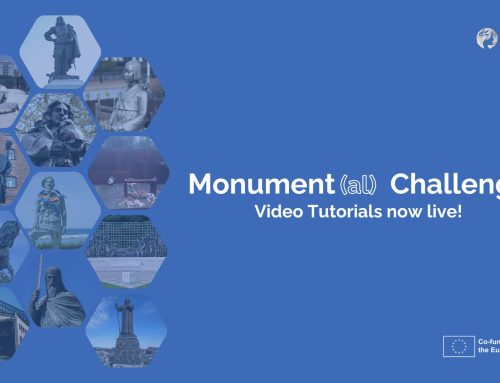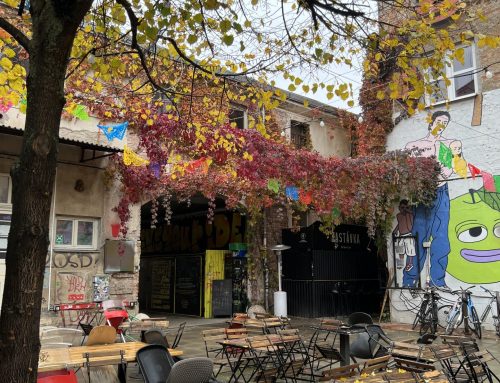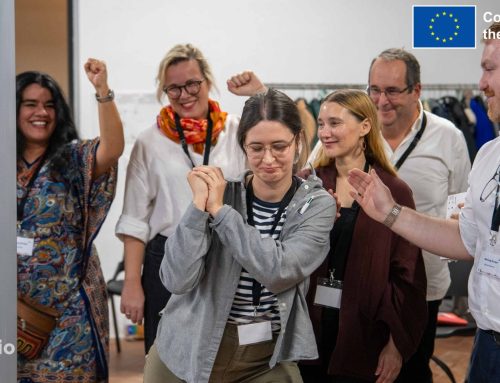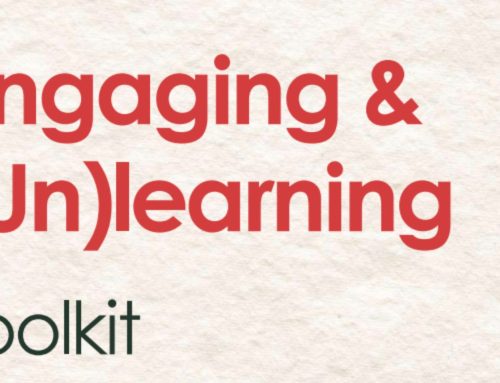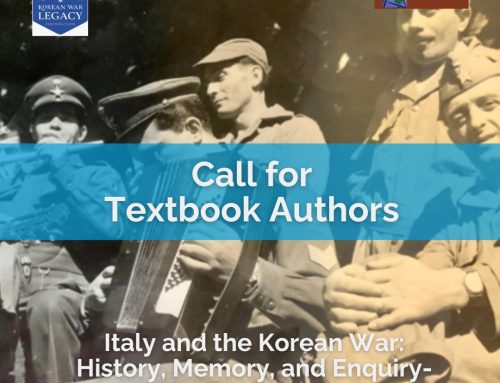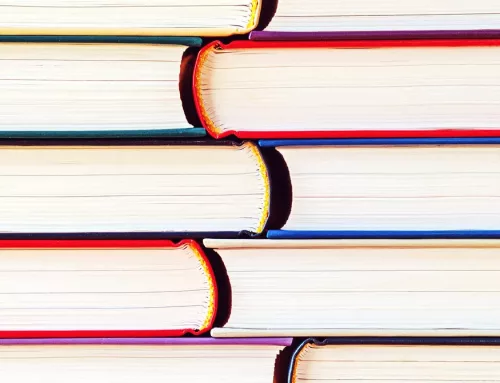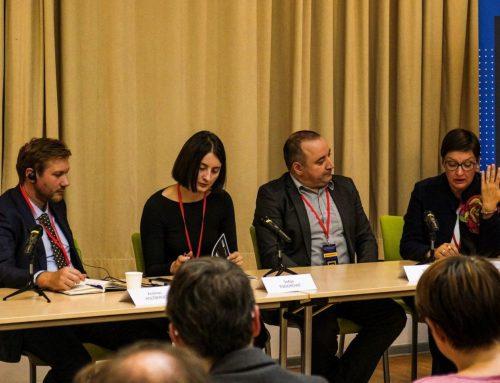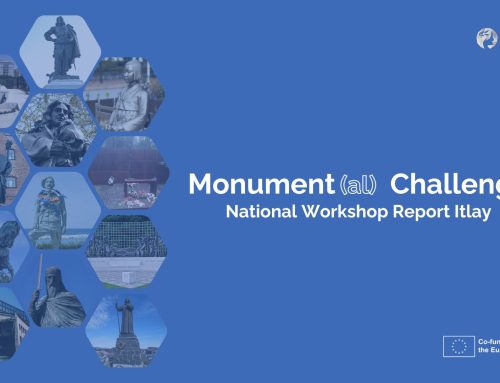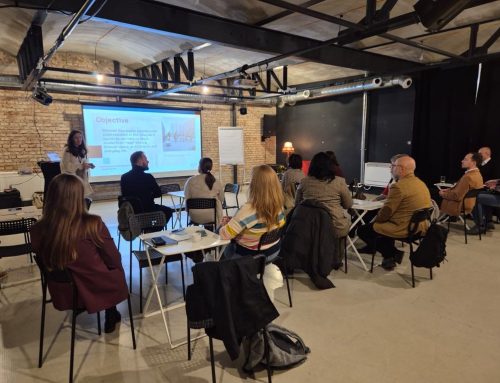In May 2025, we invited six educators to join us at the EuroClio office in The Hague for a co-creation session as part of the project ‘Creating Lessons with Cultural Heritage’. A joint initiative with Europeana, the project aims to bring the wealth of available cultural heritage sources into school classrooms through developing digital educational materials.
Our participants used the Historiana eLearning activity builder to develop digital classroom activities that can be adapted into different national contexts for use in a variety of educational settings.
We used this opportunity to sit down with Stefania Gargioni, history educator and researcher, to discuss the value of cultural heritage sources and how their digitisation can help teachers.
Anna Roizes: Can you tell me what inspired you to take part in this project, which aims to bring cultural heritage sources into school classrooms?
Stefania Gargioni: Cultural heritage, it’s very much related to history education, but it’s not something that is used so much in the classroom. Normally when you think about historical sources that you use in the classroom, you think about maybe written text, or pictorial sources, photographs, so you don’t think straight away about cultural heritage.
Anna: Tell me about the cultural heritage collection you decided to work with.
Stefania: I used the online collection from the Africa Museum in Tervuren, Belgium. It’s a museum that collects mostly objects that are linked to the Democratic Republic of Congo, during the Belgian colonisation. These objects were taken to Belgium by colonial figures.
It’s a very heterogeneous collection. Part of the collection is very much ethnographic artefacts, instruments, masks. Then you also have a collection that belongs to the natural sciences, like plants, animals. And then there are sources of different types – maps, objects – that tell you a lot about everyday life in the colonised Congo. So missions, schools, administration of justice, the control of the population, and so on.
Anna: When applying this source collection to your eLearning activity, is there a core teaching strategy that you are seeking to use?
Stefania: I want to have a point that is linked to this collection, but can then be transferred to other types of collections used by other teachers.
We are talking about colonisation and de-colonisations, with obvious representations of colonial violence. So executions, suppression of rebellions, but there are also other representations of the power balance that was embedded in colonisation. This is what I want to introduce for co-teaching – showing sources that did not represent the obvious representation of colonial power, but its more subtle forms that are no less representative of violence.
Anna: As part of this project, you have translated your cultural heritage source collection and teaching strategy into a digital activity. How have you used the Historiana eLearning activity builder to do this?
Stefania: I’m using mostly visual sources. The Historiana analysis tool works very well because it allows teachers to identify the parts of the image you want students to look at. And you accompany this with a specific question that you want to ask the students about the segment.
Anna: What would you say are the benefits of using the Historiana platform and eLearning activity builder for teachers?
Stefania: There are two ranges of benefits – benefits for the students, and benefits for the teacher. For the students, it gives them a space to work with primary sources that are not exclusively within the classroom. It’s something that they can start in the classroom, and then revisit their work, come back and think about.
I think as a teacher, and when you create an activity in Historiana, the creation process itself is helpful. There is a lot of thinking involved, you reason very much on the source, on the questions that you want to ask to your students and on the type of historical thinking that you want your students to develop.
Anna: Why a digital transition in education? What do you see as the main benefits?
Stefania: The most obvious answer is that we need to teach students transferable skills; skills for the 21st century. As a teacher, you have to clarify to yourself what the pedagogical purpose of the tools you’re using is, digital tools included. For me, the pedagogical reason is that the children can have a longer reflection on what they’re doing. They can revisit their work, and have a series of activities provided. The digital tools can even be a portfolio for revision, for example if you have a unit on primary sources.
It’s also about showing the students the potential that digital tools have beyond the things they’re normally exposed to, like social networking. So digital educational tools present the use of technology for other purposes – I don’t think that’s obvious for many students.
Thank you very much to Stefania Gargioni for your time! The eLearning activities created by our participants will soon be available on Historiana, so keep an eye out.

